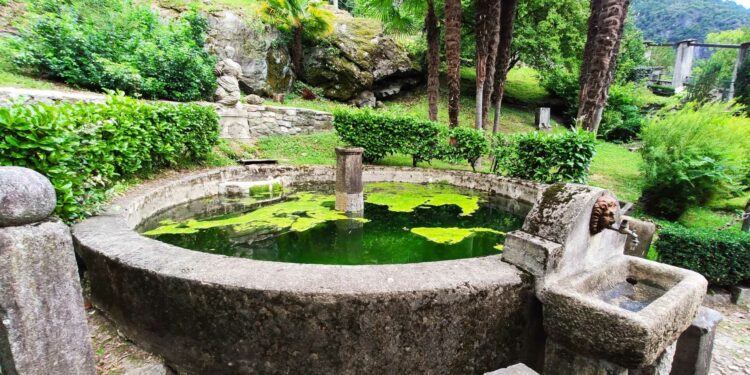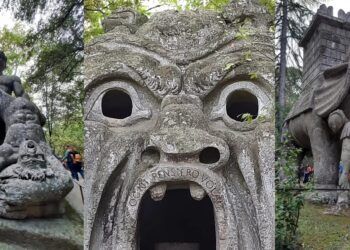Parco Paradiso is an interesting attraction located in the Lombardy region of Italy. It is located in the city of Chiavenna, in the province of Sondrio, at the foot of the Alps.
The park combines two distinct elements: archeology and botany. On the one hand, the archaeological site preserves the remains of an ancient Augustinian monastery dating back to the 13th century. This offers visitors an opportunity to immerse themselves in the history and culture of the area. On the other hand, the park is enriched by a vast variety of plants and flowers, making it a real botanical jewel.
The Augustinian monastery, named Paradise, was discovered in the 1960s and has aroused great interest among history and archeology scholars. It is an evocative place that tells the story of the region’s past.
The botanical side of the park is just as fascinating. Within the park, visitors can discover a large collection of native plants, some of which are rare or endemic to the Alpine region. This aspect makes the park particularly interesting for nature and botany lovers.
How to visit it
To visit the Parco del Paradiso, you will have to go to Chiavenna, located in the province of Sondrio. You can reach Chiavenna by car or by public transport. Once you arrive in the city, look for signs to the park, they should be easy to find.
When to visit
The best time to visit the park depends on your preferences. Spring and summer are generally considered the best seasons to appreciate the botanical richness of the park, when most of the plants bloom and create a show of colors and scents. However, if you are interested in history and archeology, any time of year may be suitable to visit the archaeological site of the Augustinian monastery.
Some advice
Before planning your visit, we advise you to check the opening hours of the park and make sure that it is open to the public during the period in which you wish to visit, as there may be seasonal variations in the opening hours.
In summary, the Parco del Paradiso is a unique experience that combines history and nature, offering visitors the opportunity to discover the cultural heritage of the area and immerse themselves in the beauty of the alpine flora. Enjoy your visit.
Photo by Andrea Signorelli from GoogleMaps.










Discussion about this post